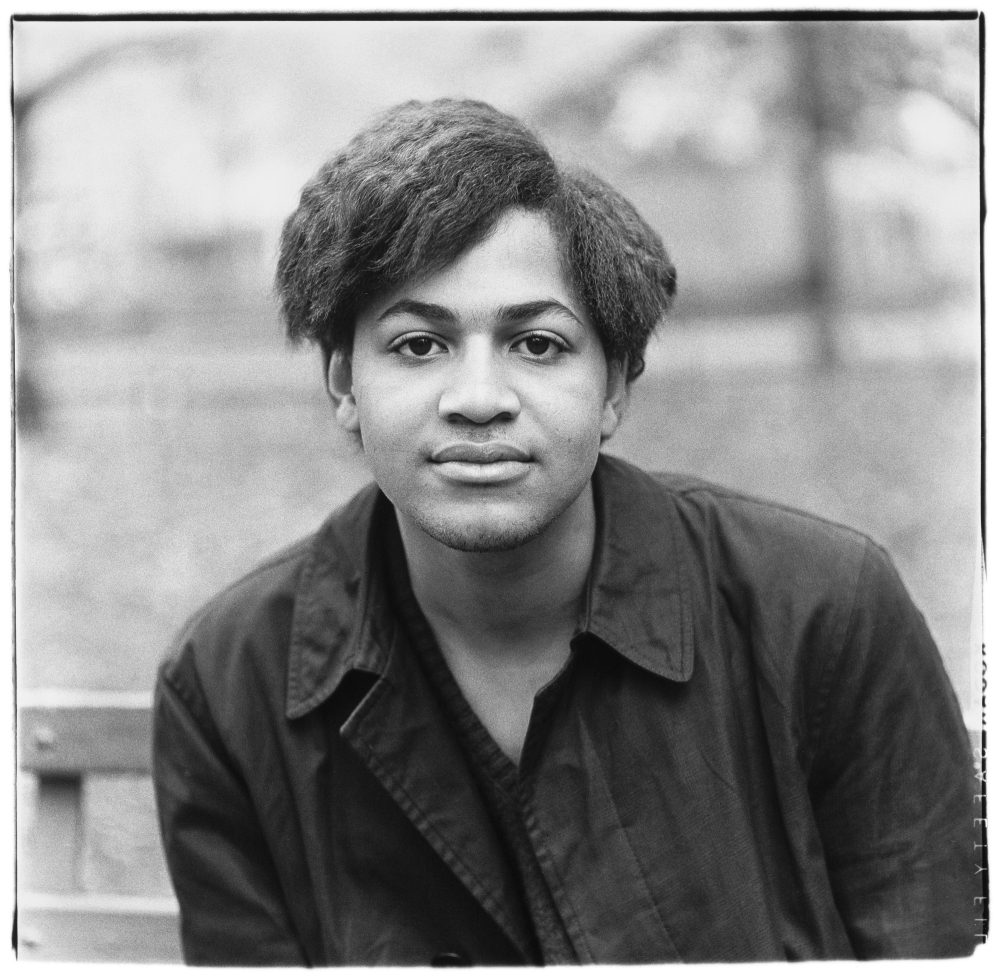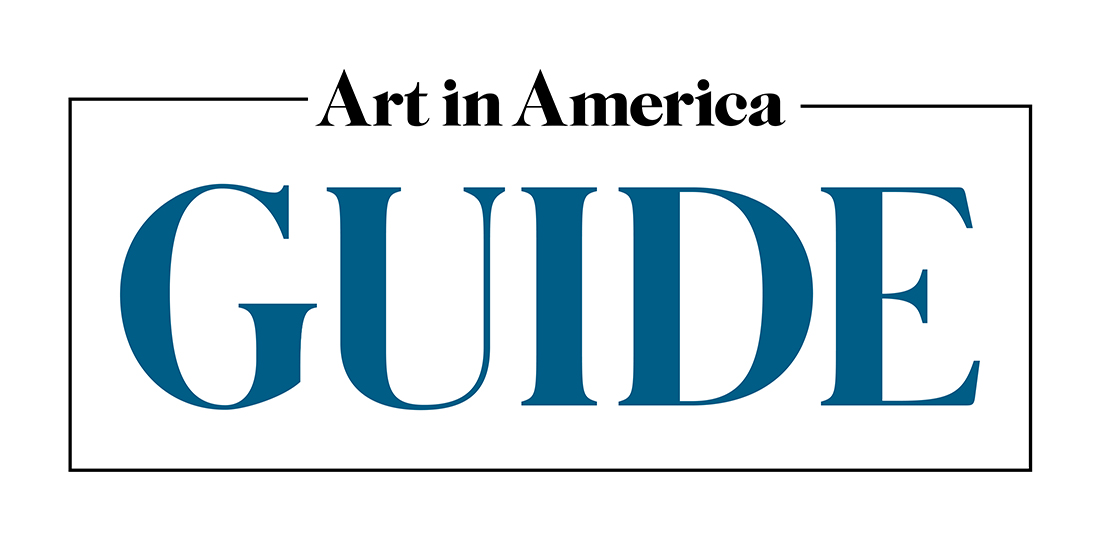
- This event has passed.
Diane Arbus: Curated by Carrie Mae Weems
June 3, 2021 - August 13, 2021
Free
The thing that’s important to know is that you never know. You’re always sort of feeling your way. —Diane Arbus
Fraenkel Gallery is pleased to present an exhibition of 45 photographs by Diane Arbus, curated by acclaimed contemporary artist Carrie Mae Weems. A long-time admirer of Arbus’s work, Weems has selected images spanning Arbus’s fifteen-year career, from 1956 until her death in 1971. The exhibition will be on view at 49 Geary Street from June 3 to August 13, 2021, and will be followed by an exhibition devoted to Weems’s own work in September.
Weems has cited Arbus, along with David Hammons, as artists of paramount importance to her. To inaugurate Fraenkel Gallery’s recently announced representation of Weems, the artist was invited to curate an exhibition of Arbus’s photographs, the sole directive being to focus on works that speak powerfully and directly to her.
Weems’s selection begins with a single preliminary image from 1945, in which Arbus stands before a mirror, pregnant with her first child. It then leaps to 1956 when, at age 33, Arbus consciously began her career as an artist. The exhibition features three photographs from 1956, including Carroll Baker on screen in “Baby Doll” (with silhouette), N.Y.C. 1956 and Kiss from “Baby Doll,” N.Y.C. 1956, among several photographs in the show set in darkened movie theaters.
While the exhibition includes well-known images such as Two boys smoking in Central Park, N.Y.C.1963 and A young waitress at a nudist camp, N.J. 1963, Weems’s selection focuses primarily on lesser-known works. Among them are Woman making a kissy face, Sammy’s Bowery Follies, N.Y.C. 1958, one of the earliest of Arbus’s photographs in which she places her camera strikingly close to her subject’s face, and Kenneth Hall, the new Mr. New York City, at a physique contest, N.Y.C. 1959, about whom Arbus noted, “he can wiggle his chest muscles separately and has developed a muscle on the back of his thighs which no one else has ever developed.” The photographs Weems has selected trace the evolution of Arbus’s technique and encompass a broad cross-section of her interests. The subjects depicted include couples, children, transvestites and female impersonators, nudists, families, and celebrities, often photographed in parks, bedrooms, and dance halls, in New York City and elsewhere.
Diane Arbus (1923–1971) is one of the most original and influential photographers of the twentieth century. In 1963 and 1966 she was awarded John Simon Guggenheim Fellowships and was one of three photographers whose work was the focus of New Documents, John Szarkowski’s landmark exhibition at the Museum of Modern Art in 1967. A year after her death, her work was selected for inclusion in the Venice Biennale, and from 1972 to 1975, the Museum of Modern Art hosted a major traveling retrospective. Her photographs are in the collections of numerous institutions around the world, including the Art Gallery of Ontario, Canada; the Metropolitan Museum of Art, New York; the Museum of Modern Art, New York; and Tate Gallery, London, among many others. In 2022, Fraenkel Gallery and David Zwirner will co-publish Diane Arbus Documents, a compendium of reviews, articles, and other relevant commentary tracing the ways in which the understanding of Arbus’s work has evolved over five decades.
Carrie Mae Weems (born 1953) is a renowned artist whose work has been featured at museums including the Metropolitan Museum of Art, New York; the Solomon R. Guggenheim Museum, New York; and Centro Andaluz de Arte Contemporáneo, Seville, Spain. She has won numerous awards, grants, and fellowships, including a MacArthur “Genius” grant, the Louis Comfort Tiffany Award, and the Congressional Black Caucus Foundation’s Lifetime Achievement Award, among others. Recent projects include directing The Baptism, a film commissioned by Lincoln Center; and Resist COVID/Take 6!, a public art campaign responding to the impact of COVID-19 on Black, Latino, and Indigenous communities. Her work is in the collections of the Metropolitan Museum of Art, New York; the Museum of Modern Art, New York; San Francisco Museum of Modern Art; and Tate Gallery, London, among many others.
